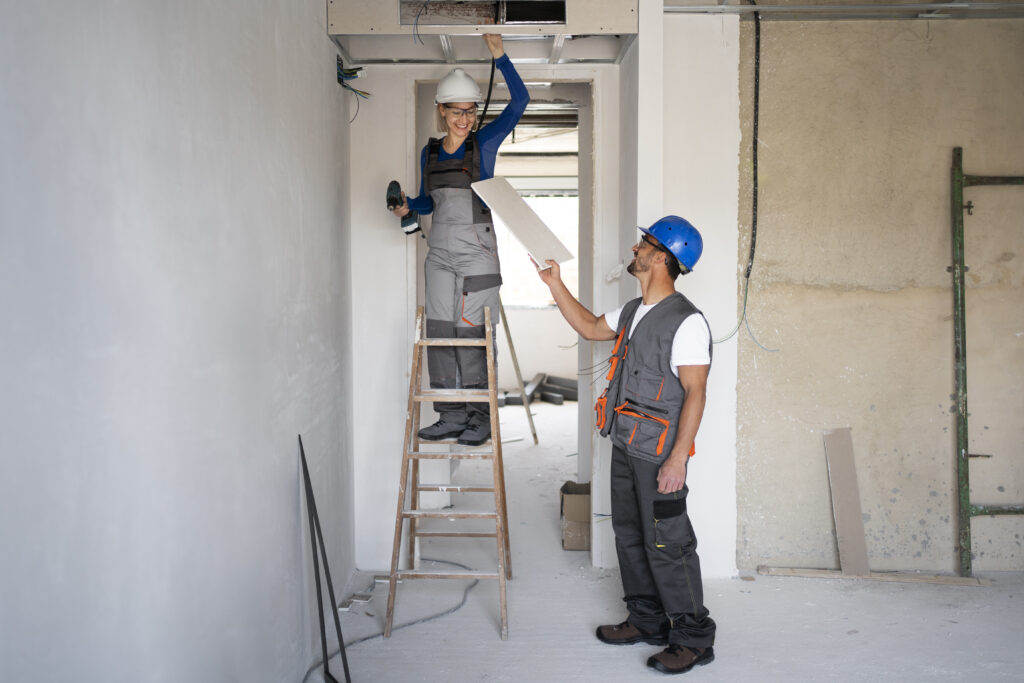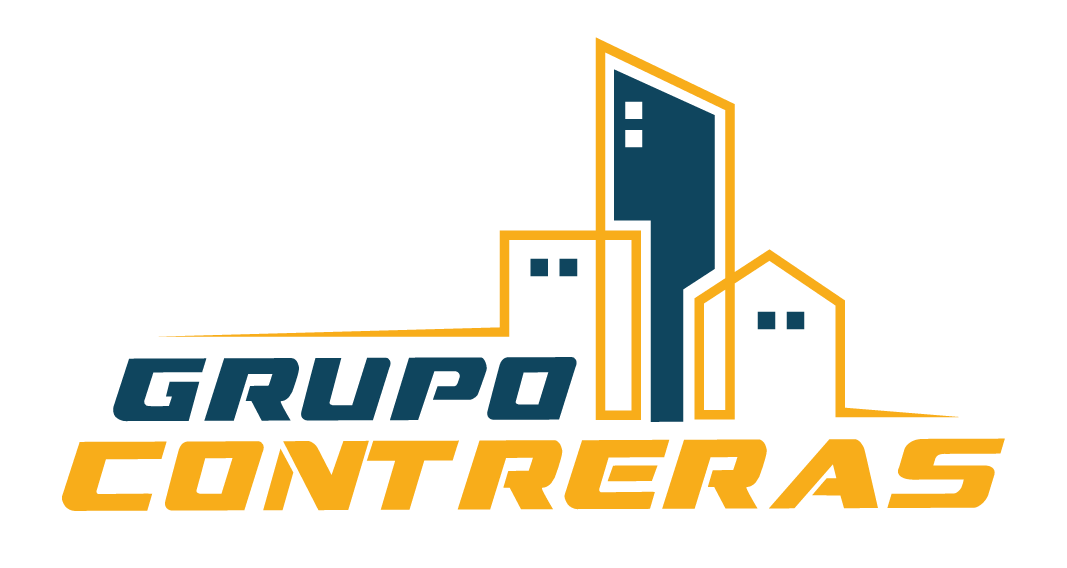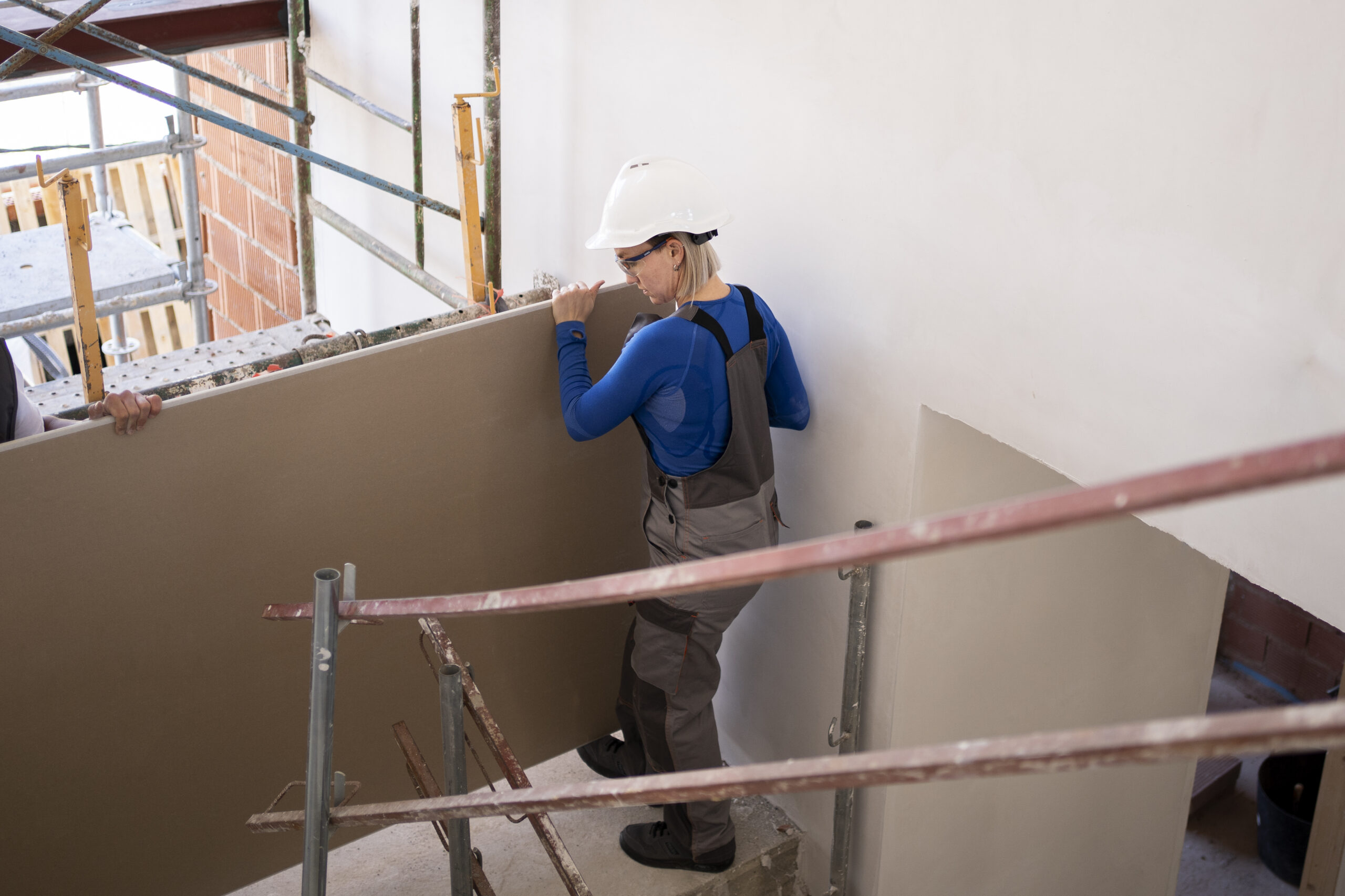Not all drywall is created equal. In commercial and institutional construction, some walls must withstand fire—literally. Fire-rated assemblies help contain flames. protect lives, and meet code.
At Grupo Contreras, we specialize in fire-rated drywall systems and know that improper installation can completely invalidate the protection expected. Here’s what you need to know.

When Do You Need Fire-Rated Drywall?
Building codes (like the IBC) require fire-rated assemblies in areas such as:
● Electrical or server rooms
● Mechanical rooms
● Egress corridors
● Walls between units or tenant spaces
● Multifamily, hospitality, or high-risk commercial spaces
These systems are designed to resist fire for 1, 2, or 3 hours, depending on the classification.
What Makes Fire-Rated Drywall Different?
● Special gypsum boards with fire-resistant additives
● Combined with insulation and firestop sealants
● Specific fasteners and joint treatments
● No breaks in continuity, proper joint and penetration sealing
It’s not just a “fire-resistant board”—it’s a complete assembly with strict technical specs and UL approvals.
Best Practices We Follow at Grupo Contreras
✅ We install according to UL-certified assemblies
✅ We verify wall continuity—no gaps, misalignments, or poor seals
✅ We use tested fire caulks and sealants
✅ We document the installation with photos for inspection readiness
Risks of Poor Installation
● Failed fire inspections
● Real danger of fire spread
● Legal and financial liability in an emergency
● Damage to the GC’s and the owner’s reputation
Fire-rated drywall isn’t just about compliance. It’s about protecting lives and investments. At Grupo Contreras, we install these systems with precision—because in an emergency, every minute matters.
Porque construir bien no es cuestión de suerte. Es cuestión de método.
![]()


